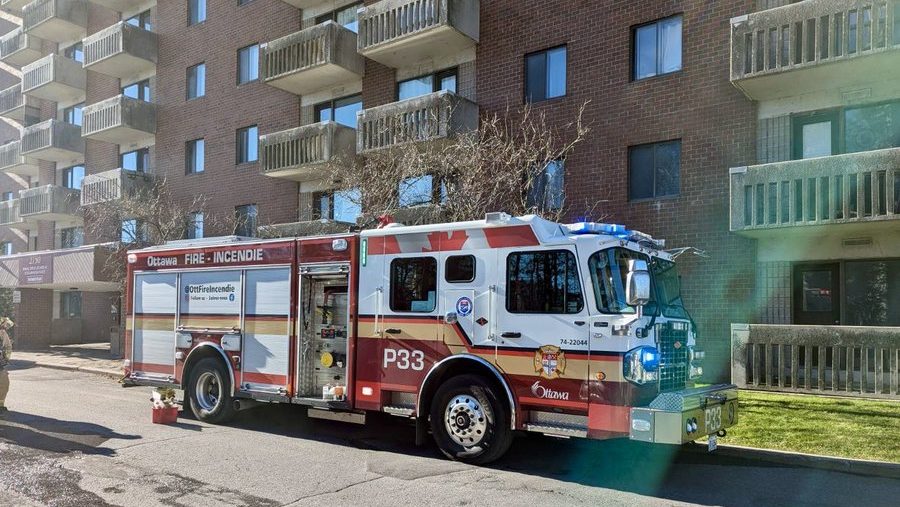Four housing benefit programs to expire, city uncertain of how to make up for loss
Posted Apr 10, 2021 03:07:00 PM.
As four housing benefit programs are set to expire in the next few years, it remains uncertain as to how the city will make up for the potential loss as current housing benefit programs are already at capacity.
According to a document that will be presented to the community and protective services committee on Thursday, two provincially funding housing allowance programs will expire, and one municipal housing allowance program administered by the province will return for direction administration by the city.
On top of that, one provincially funded rent supplement program will also expire in early 2023, and it’s unclear at this time if the province will extend the program.
“Housing benefits programs are in a period of transition,” the document says. “Current housing benefit programs are at capacity, and future federal/provincial funding is unknown…Within this term of Council, the City will be required to provide ongoing municipal housing benefit funding to maintain housing stability for households within these expiring housing allowance programs.”
Over the next two years, two provincially funded housing allowance programs will expire, with an annual program cost of over $1.38 million, as well as one municipal housing allowance program with an annual cost of over $820,000.
As of December 31, 2020, there were 12,571 households on the centralized wait list for rent geared incoming housing, of which about 1,027 households have a Local Priority Access status — homelessness.
During the most recent term of council (2019 and 2020), 967 housing benefits have been created.
“This trend is growing, with 375 new housing benefits created in 2019 and 592 in 2020 and is expected to continue for the foreseeable future,” the document states.
However, there is still an immediate and ongoing need to maintain and expand rental affordability programs for at-risk and low income households, as well as to increase the capacity of homelessness programs.
At the current rate of growth, it’s estimated that about 300 individuals will need this services annually (about 25 per month) under the provincial Home for Good housing allowance program, and 144 families (12 per month) under the municipal Housing and Homelessness Investment Plan housing allowance program for families experiencing homelessness.
That works out to be at least 444 new housing subsidies per year.
“All municipal and provincial housing subsidy programs are now fully subscribed and without new or repurposed operating funding, we will not be able to support additional households within our housing benefit programs,” the report explains.
“Without this funding confirmation it is very difficult to plan for the future of our housing benefits programs. In the short-term municipal funding solutions will need to support household sustainability and growth within our existing housing benefit programs.”
The city is required to maintain a minimum of 16,502 rent-geared-to-income units, most of which are located within the 17,122 unit social and community housing portfolio which is administered under eight housing programs.
These programs, developed under the federal and/or provincial governments, were specifically designed to build and fun permanent RGI housing units are are cost shared with the city providing $61 million — 82 per cent — and the federal government providing $13.8 million (18.4 per cent) of the annual funding.
All social housing programs, the report explains, will reach the end of their operating agreement and/or mortgage obligations within the next five to 10 years, with some having already reaching this program milestone.
The city also administers four rent supplement programs and eight housing allowance programs within its housing benefit portfolio, providing over $34 million in annual housing benefits to support over 4,700 households.
These programs have been cost shared, with the city giving over $24.5 million (72 per cent) annual funding and the federal and provincial governments providing $9.5 million (28 per cent) annual funding.








